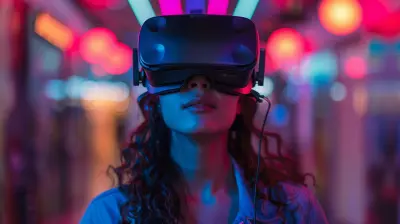First Impressions of Visuals: Does This Look Like a Next-Gen Game?
14 May 2025
When it comes to video games, visuals are often the first thing that grabs our attention. Whether it's the intricate details of a futuristic city or the breathtaking views of a sprawling open-world environment, the graphics are what first make us sit up and say, "Whoa, now THIS is something special." But let's be real for a second—how many times have we been promised "next-gen" visuals, only to find ourselves squinting at the screen, trying to figure out what's so groundbreaking? Yeah, it's happened to the best of us.
So, what does it actually mean for a game to look “next-gen”? Is it all about photorealism and ray-tracing? Or is it something deeper, something more immersive? Let’s dive into this fascinating topic and break down what separates a so-called next-gen game from the rest of the pack.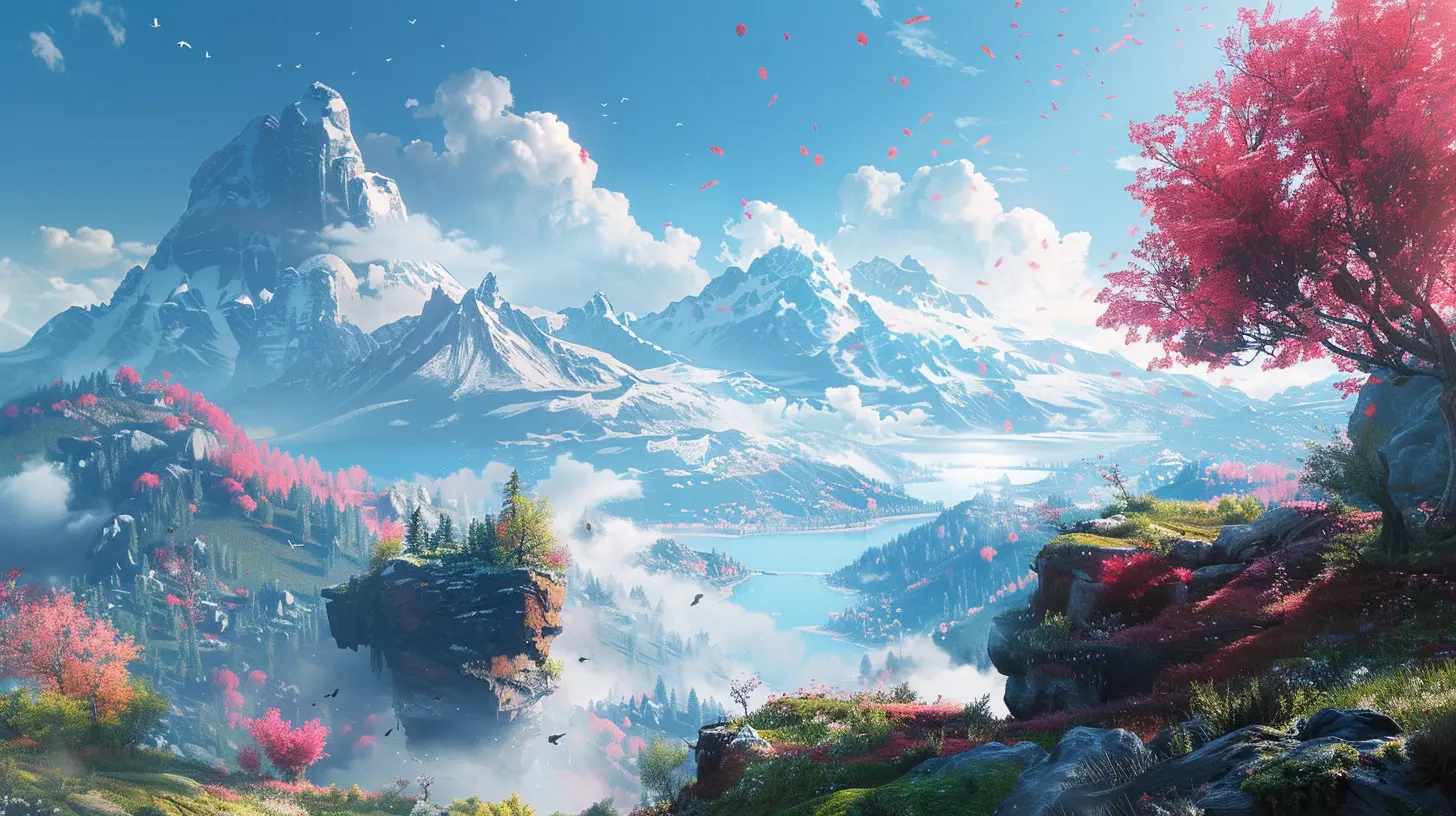
What Do "Next-Gen Visuals" Really Mean?
Alright, let’s start with the basics. When you hear the term "next-gen visuals," what comes to mind? Maybe you're thinking hyper-realistic graphics that make you question whether you're looking at a game or a movie. Or perhaps it’s the insane lighting effects that bring a world to life in ways you’ve never seen before. For some, it might even come down to the fluidity of the animations or the sheer scale of the environments.But here’s the thing—next-gen visuals aren’t just about how "real" something looks. At their core, they’re about creating worlds that feel alive, worlds that make you stop and stare in awe. It's like stepping outside on a crisp winter morning and seeing the sun glint off a fresh layer of snow. Sure, it's beautiful, but it’s also an experience. And in gaming, that experience is everything.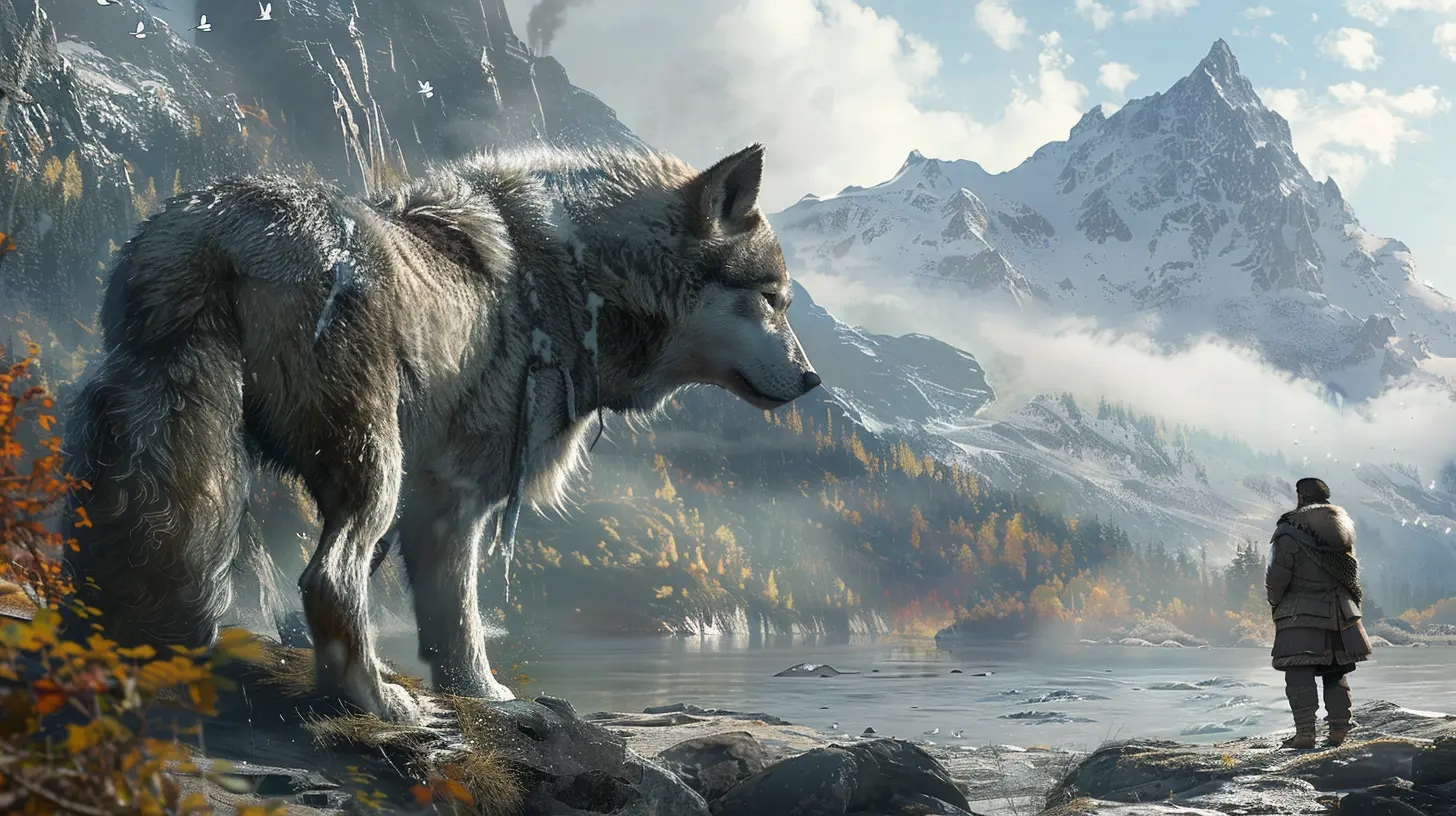
The Components of Next-Gen Visuals
To truly understand what makes a game "look" next-gen, let’s break it down into its core elements:1. Lighting and Shadows
Lighting is where the magic happens in gaming visuals. With the advent of technologies like ray tracing, developers can now simulate light in a way that's eerily realistic. Whether it’s the glow of neon signs reflecting off wet pavement in a cyberpunk city or the soft, dappled light filtering through tree branches in a forest, good lighting can make or break a game’s aesthetic.Shadows, on the other hand, are the unsung heroes of next-gen graphics. Real-time shadow rendering adds depth and realism to a scene, grounding objects and characters in their environment. Without proper shadows, even the most detailed textures can feel flat and lifeless.
2. Textures and Detail
Textures are like the skin of a game world. The more detailed they are, the more believable the world becomes. In next-gen gaming, you’ll notice things like individual blades of grass swaying in the wind, weathered paint peeling off walls, or the pores on a character’s face. These little details might not seem like a big deal, but they add up to something that feels astonishingly real.But it’s not just about slapping a high-res texture on everything and calling it a day. Next-gen visuals also rely on better texture streaming, balancing quality and performance so that even vast open-world games feel rich and detailed.
3. Animation and Movement
Here’s the thing—great visuals are pointless if the characters and objects don’t move naturally. In next-gen games, animations are smoother, more fluid, and often more dynamic. Think of it like the difference between watching a puppet show and a live-action play. Sure, the puppet show can be charming, but the live-action play? That’s next level.Whether it’s the way NPCs casually interact with their environment or how a protagonist clambers up a rocky cliff, movement matters. It’s what makes a game feel alive rather than static.
4. Scale and Ambition
Next-gen visuals don’t just look better—they feel bigger. Open-world games are a prime example of how scale plays a role in visual storytelling. From the towering skyscrapers of a bustling metropolis to the endless sands of a desert, the scope of what can be rendered in real-time has expanded dramatically.But it’s not just about size for the sake of size. The ambition behind creating these large, detailed worlds often leads to more immersive experiences. It’s like going from a postcard of a beach to standing on the shore and feeling the spray of ocean waves.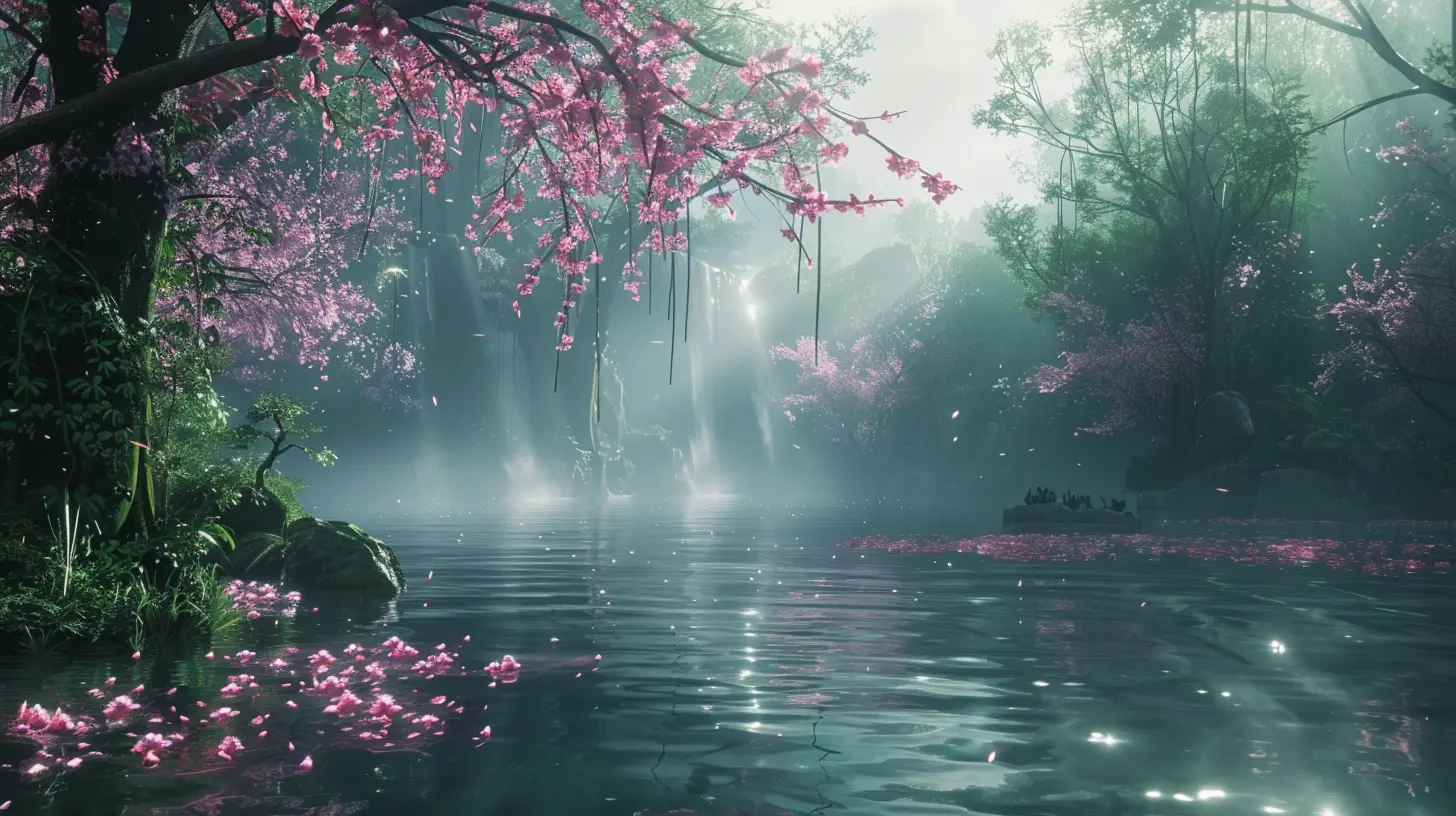
The Role of Hardware: Why Your Console (or PC) Matters
Let’s face it—next-gen visuals aren’t just about developer skill. Hardware plays a huge role too. The leap from older consoles to newer ones is like upgrading from a flip phone to a smartphone. Sure, the flip phone works, but the smartphone? That’s a whole new ball game.With the latest consoles like the PlayStation 5 and Xbox Series X, hardware advancements have made it possible to push the boundaries of what’s visually achievable. Features like faster SSDs reduce loading times, while more powerful GPUs handle larger, more detailed environments with ease. And let’s not forget about 4K resolution and higher frame rates—they’re the cherry on top of the next-gen sundae.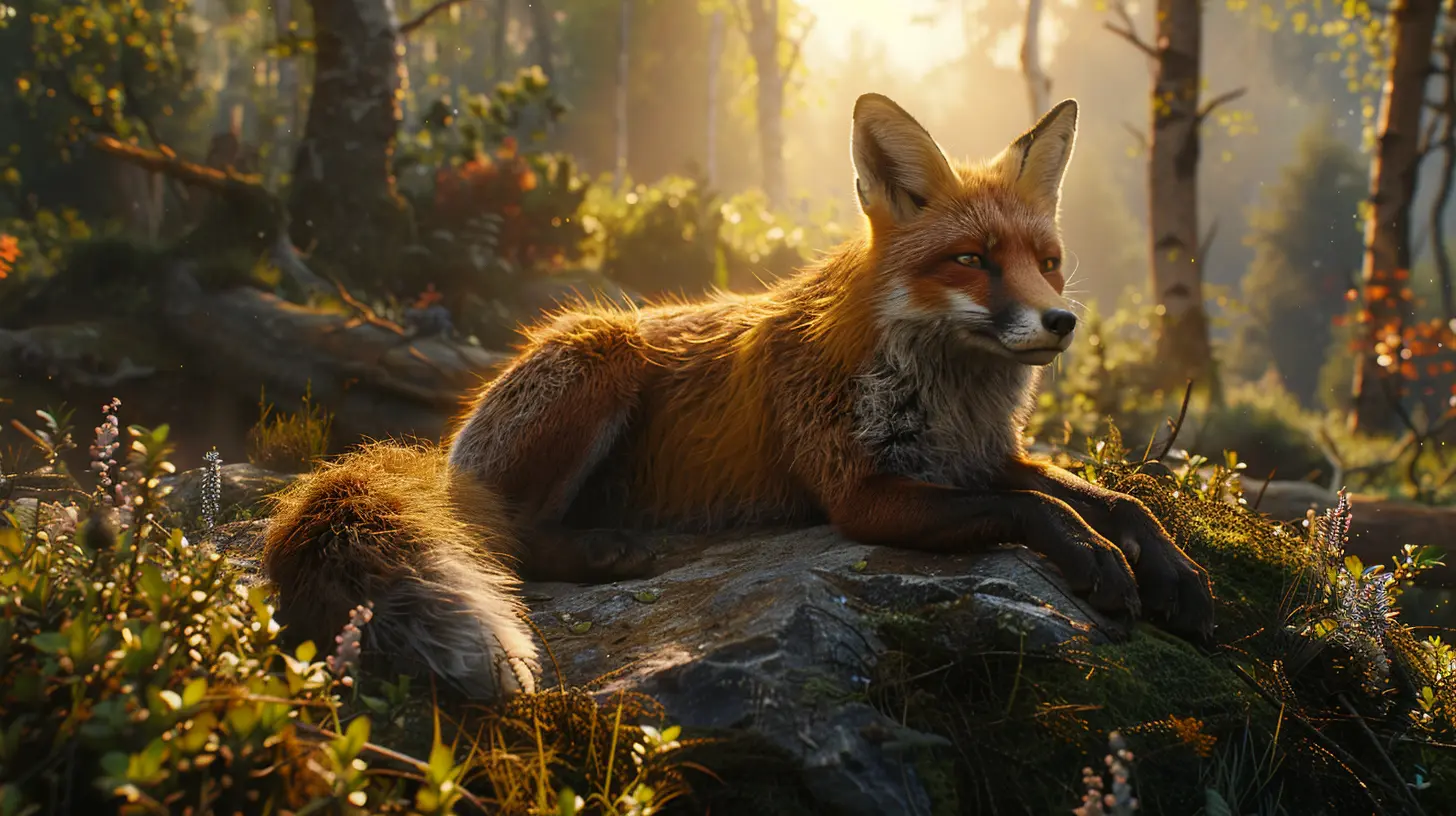
Does Realism Define Next-Gen?
Here’s a controversial take: next-gen doesn’t have to mean photorealism. Don’t get me wrong, hyper-realistic graphics are impressive, but they’re not the only way to wow players. Some of the most visually striking games embrace a more stylized approach.Take The Legend of Zelda: Breath of the Wild, for example. It’s not “realistic” in the traditional sense, but its art style is so cohesive and beautifully executed that it feels next-gen in its own right. The same could be said for games like Journey, with its minimalist design, or Ori and the Will of the Wisps, which looks like a living painting.
So, does a game need to look like a photo to be next-gen? Not necessarily. Sometimes, it’s about the creativity and artistry behind the visuals, rather than the technology itself.
Why Visuals Are Just the Tip of the Iceberg
Alright, so we’ve talked a lot about visuals, but let’s not forget—they’re just one piece of the puzzle. A game can look absolutely stunning and still fall flat if the gameplay doesn’t hold up. Remember Anthem? Incredible visuals, but the gameplay left a lot to be desired.At the end of the day, next-gen visuals are an important part of the package, but they’re not the whole package. A truly great game balances graphics, gameplay, story, and performance to create an unforgettable experience.
The Future of Next-Gen Visuals
As technology continues to improve, the line between games and reality will only get blurrier. We’re already seeing advancements like AI-driven animations, more realistic particle effects, and even virtual reality environments that make you feel like you’re actually there.But here’s my prediction: the real next-gen leap will come when games don’t just look amazing but also feel more immersive than ever. Imagine AI NPCs that react to your behavior in ways that feel genuinely human, or worlds that evolve and change dynamically as you play. Now that’s some true next-gen magic.
Final Thoughts
So, does this look like a next-gen game? It’s a question that, at its heart, is deeply subjective. What blows one person away might leave another shrugging their shoulders. But one thing’s for sure: next-gen visuals are about more than just pretty graphics. They’re about creating experiences that draw you in, make you believe in the world you're exploring, and leave you in awe.The next time you boot up a game and find yourself pausing just to take in the view, ask yourself this: is this what next-gen feels like? If the answer is yes, then congratulations—you’re living in the future of gaming.
all images in this post were generated using AI tools
Category:
First ImpressionsAuthor:

Tina Fisher
Discussion
rate this article
3 comments
Thornewood Peterson
The visuals showcase impressive detail and fluidity, suggesting significant advancements. However, true next-gen appeal will hinge on innovative gameplay mechanics that leverage this graphical potential.
May 21, 2025 at 2:22 AM

Tina Fisher
Thank you for your insightful comment! I agree that while impressive visuals are crucial, innovative gameplay mechanics will ultimately define the next-gen experience.
Kimberly Marks
These visuals are so stunning, I half-expect to see my cereal floating in 3D! If this isn't next-gen, I need to redefine my reality!" 🌌🎮🥣
May 17, 2025 at 3:12 PM

Tina Fisher
Thank you! We're diving into a new era of visuals that truly elevate gaming experiences. 🌌🎮
Gabriella McNeal
It’s exciting to see the evolution of visuals in gaming! While the graphics are impressive, it's important to remember that the heart of a game lies in its storytelling and gameplay. Let’s hope this title delivers a well-rounded next-gen experience for everyone.
May 14, 2025 at 4:06 PM

Tina Fisher
Absolutely! While graphics are stunning, a great narrative and engaging gameplay are essential for a truly immersive next-gen experience.


